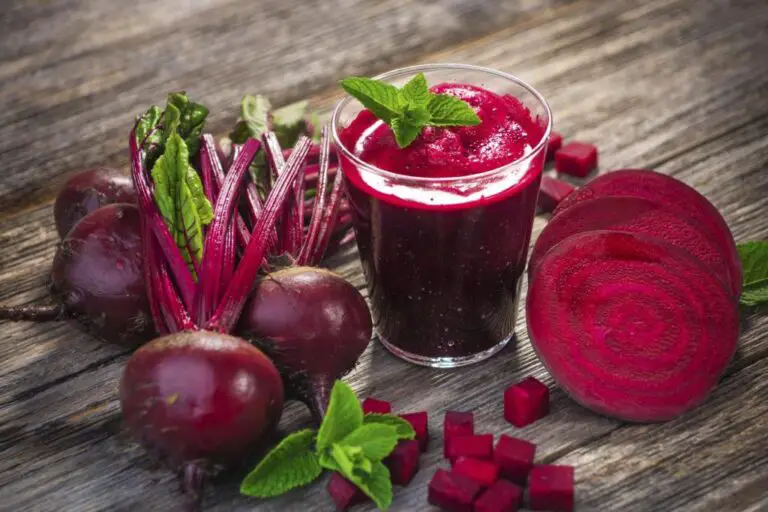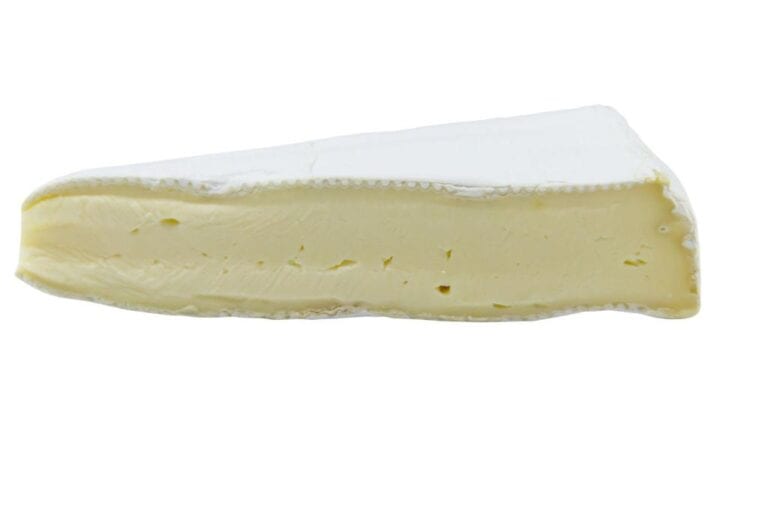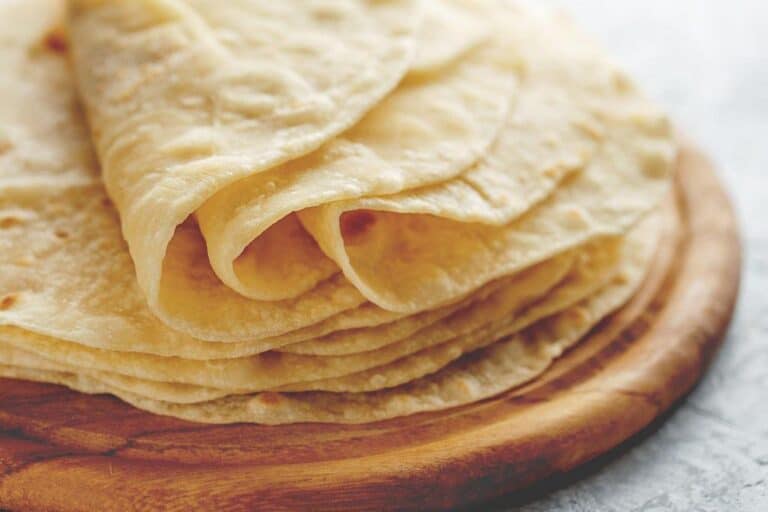Are Yellow Potatoes the Same as Yukon Gold? What’s the Difference?
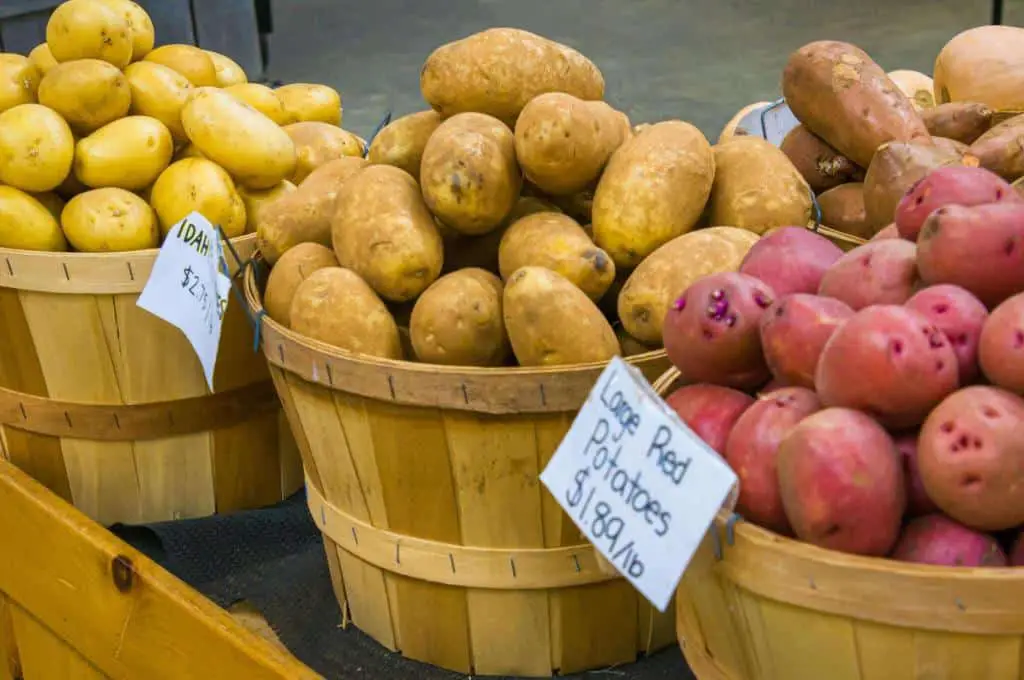
Potatoes, a staple in many cuisines around the world, come in various colors and textures. Among these variations are yellow potatoes and Yukon Gold potatoes. While you may have heard of both types, it can be puzzling to determine whether they are distinct or simply two names for the same tuber. In an attempt to unravel this culinary mystery, we delve into the details of these seemingly similar spuds.
Home cooks and food enthusiasts alike must understand the differences between yellow potatoes and Yukon Gold. This is essential when selecting ingredients for a perfect dish.
The confusion arises because their appearances often bear striking similarities. Both flaunt a golden hue that stands out amongst other potato varieties. It’s no wonder, then, that consumers wonder if they can use one instead of the other without sacrificing taste or texture.
Despite their visual resemblance, dig a little deeper. You’ll discover unique characteristics that make each potato variety stand out on its own merit. Join us as we explore how these two fascinating potatoes differ. Learn why those differences matter when whipping up your next delicious meal.
Are Yellow Potatoes the Same as Yukon Gold?
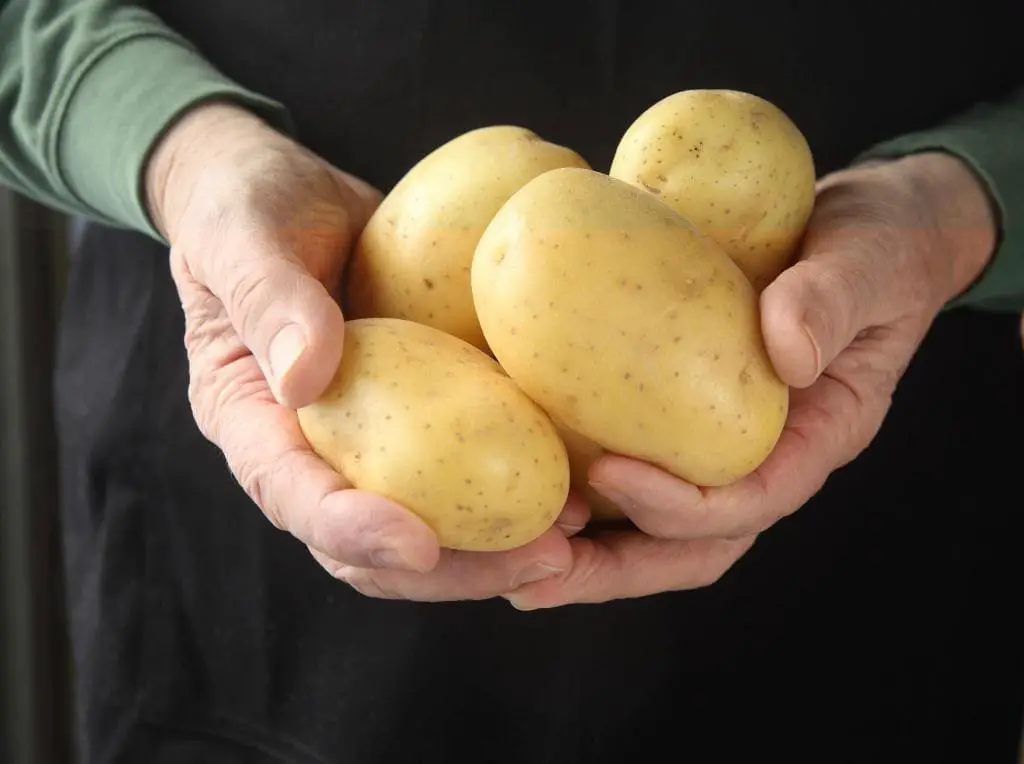
Yellow potatoes are not exactly the same as Yukon Gold potatoes, but they are similar. Yellow and Yukon gold potatoes have many similarities in appearance and flavor. However, you will not get the unique Yukon gold flavor.
Yellow potatoes are a category of potato types that includes any potato with yellow skin. Yukon Gold potatoes are a hybrid between yellow and white potatoes. Yukon Gold potatoes share the basic traits of all yellow potatoes, including the creamy, moist texture.
There is a small difference in starch levels when comparing yellow potatoes vs. Yukon Gold. They can be used interchangeably in recipes that call for thick, soft potatoes, like dill potato salad or mashed potatoes with sour cream.
Yellow Potatoes: Versatile and Vibrant
A staple in many kitchens, yellow potatoes are a true delight for home cooks and food enthusiasts alike. Known for their smooth, golden skin and creamy flesh, these potatoes add a burst of sunshine to any dish. The vibrant hue sets them apart from other potato varieties, making them visually appealing even before they hit the plate.
In terms of texture, yellow potatoes strike just the right balance between fluffy and firm. When cooked, they maintain their shape while still being tender enough to melt in your mouth. This makes them incredibly versatile; you can slice them into thin rounds for scalloped potatoes or dice them up for crispy roasted bites.
Yellow potatoes have a visual and textural appeal. In addition, they have a subtly sweet flavor with earthy undertones. Unlike starchy russet potatoes, yellow potatoes have a buttery taste that enhances the overall richness of dishes. Whether boiled, baked, mashed, or fried, these spuds bring an extra layer of depth to recipes like soups, salads, casseroles,and more.
Yukon Gold Potatoes: A Golden Wonder in the World of Spuds
Yukon Gold potatoes, with their golden hue and buttery flavor, are a unique variety that has captivated the taste buds of chefs and home cooks alike. Developed in Canada in 1966 by G.R. Johnston and R.G. Rowles, these potatoes quickly gained popularity for their distinct qualities.
In terms of appearance, Yukon Golds stand out from other potato varieties with their smooth yellow skin and vibrant interior. While many traditional white or russet potatoes may have blemishes or rough patches on their skin, Yukon Golds boast an unblemished complexion that adds to their visual appeal.
The true magic of Yukon Gold lies within its culinary prowess – it’s like striking gold for food lovers! These spuds offer a rich flavor profile. It boasts a subtle sweetness and creaminess, reminiscent of melted butter. Their smooth texture ensures a luxurious mouthfeel when cooked, making them perfect for mashing or roasting to perfection.
It comes as no surprise that professional chefs choose Yukon Gold potatoes for their versatility. The balance they bring between waxier baking potatoes and starchy ones allows them to shine across various cooking methods. From crispy roasted wedges to velvety mashed delights, Yukons hold up exceptionally well without losing their shape.
But it’s not just the professionals who appreciate this golden gift from nature. Home cooks have also embraced these spuds with open arms (and hungry stomachs). Yukon Golds ensure every bite is packed with indulgent flavor. Whether they’re used as a hearty addition to soups or transformed into delectable au gratin dishes.
Similarities between Yellow Potatoes and Yukon Golds
Yellow potatoes and Yukon Gold potatoes are similar. They are versatile options in the kitchen. One of the most obvious commonalities is their color. Both varieties boast a vibrant, golden hue that adds visual appeal to various dishes.
In terms of culinary applications, yellow potatoes and Yukon golds can often be used interchangeably. Thanks to their waxy texture, both types hold up well during cooking processes such as roasting or boiling. This means they are excellent choices for creamy mashed potatoes, hearty stews, or even crispy oven-baked fries.
Differences between Yellow Potatoes & Yukon Golds:
When it comes to appearance, the first noticeable difference between yellow potatoes and Yukon Golds lies in their skin thickness. Yellow potatoes typically have a thin, delicate skin that is easy to remove if desired. On the other hand, Yukon Golds feature a slightly thicker skin that adds appealing texture when cooked. They can withstand more robust preparation methods like roasting or grilling.
In terms of flavor profiles, yellow potatoes are often described as having a mellow and buttery taste with subtle hints of sweetness. This makes them versatile for both savory and sweet preparations.
On the other hand, Yukon Golds boast a more pronounced buttery flavor with notes of earthiness and nuttiness. This rich taste profile lends itself well to dishes where the potato is meant to shine as a main ingredient.
Each type brings unique qualities that make them especially suitable for specific dishes. The waxy texture of yellow potatoes makes them excellent for salads or recipes requiring potatoes to hold their shape during cooking. This makes them ideal candidates for potato salads or scalloped potato dishes.
Conversely, the creamier flesh of Yukon Golds lends itself perfectly to mashed potatoes or creamy soups where you want velvety smoothness without sacrificing flavor.
Yellow Potatoes vs. Yukon Gold: A Quick Comparison Table
| Characteristic | Yellow Potatoes | Yukon Gold |
| Color | Golden flesh | Distinctive golden flesh |
| Texture | Creamy and versatile | Exceptionally creamy |
| Skin Thickness | Varies (thicker in some varieties) | Thin and delicate |
| Flavor | Buttery with some variation | Rich, unmistakable buttery taste |
| Ideal Uses | Versatile – mashing, roasting, and boiling | Excellent for mashed potatoes, roasting |
Whether you choose yellow potatoes or opt for Yukon Golds depends on your specific culinary needs and preferences. Both varieties offer distinct advantages. They can elevate your favorite potato-based recipes and add their own unique touch. So, don’t be afraid to experiment and discover which one becomes your new go-to spud!
Cooking Tips and Recommendations
Cooking yellow potatoes and Yukon Gold is different. Knowing these differences can affect the end result. For the best texture and flavor, yellow potatoes excel when boiled or steamed. Their creamy flesh turns tender and almost velvety. This makes them perfect candidates for mashed potatoes or potato salads.
On the other hand, Yukon Gold potatoes truly shine when roasted or baked. The higher starch content gives them a crisp exterior. It also maintains a fluffy interior that adds delightful contrast to any dish.
With yellow potatoes, classic recipes like gravy brisket and mashed potatoes and buttery mashed potatoes are always a hit. Boil them until they are soft enough to be easily mashed with melted butter, milk (or cream), salt, and pepper for an indulgent side dish that compliments any main course. Yellow beauties also pair beautifully with herbs such as parsley or dill in refreshing herb-roasted potato salads.
Yukon Golds work wonders as oven fries or crispy wedges due to their golden skin that crisps up splendidly when exposed to high heat. Toss them in olive oil and seasonings of choice – garlic powder and paprika perhaps? – then bake until perfectly crispy on the outside while still being tender inside.
Alternatively, try making irresistible Yukon Gold gratin by thinly slicing these spuds with layers of cheese and fresh thyme before baking—comfort food at its finest!
Culinary Suggestions for Yellow Potatoes and Yukon Gold Potatoes
Now that we’ve explored the nuances of yellow potatoes and the unique features of Yukon Gold, let’s delve into some culinary inspiration.
1. Mashed Perfection
For the creamiest mashed potatoes, opt for Yukon Gold. Boil them until tender, mash with a touch of butter and cream, and savor the luxurious texture.
2. Roasted Delight
Yukon Gold’s thin skin makes it perfect for roasted dishes. Toss them with olive oil, garlic, and herbs for a side dish that’s both crispy and flavorful.
3. Vibrant Potato Salad
Experiment with yellow potatoes like Yellow Finn and German Butterball for a vibrant potato salad. Their firm texture holds up well, providing a delightful bite.
Personal Preferences and Taste
When picking between Yukon Golds and yellow potatoes, what you like best is very important. While both varieties have their own unique characteristics, taste is subjective, and what one person finds delicious may not be the same for someone else.
Some individuals might prefer the creamy texture of Yukon Golds, finding them perfect for mashing or roasting. Others may lean towards yellow potatoes, appreciating their buttery flavor and versatility in various dishes.
Acknowledging that preferences may vary allows us to embrace culinary diversity and exploration. It’s all about finding your potato soulmate based on your own taste buds and individual cooking style. If you’re torn between which variety to choose, why not embark on a potato tasting adventure?
Try incorporating both types into your recipes over time—roast some Yukon Golds one day, then whip up a batch of yellow potato gnocchi another day. By experimenting with these different flavors and textures, you can discover firsthand which variety suits your palate best.
Last but not least, it is important to remember that everyone has different food tastes and preferences. What matters most is how each variety enhances your culinary creations and brings joy to your meals. So don’t hesitate to try them out yourself and uncover the satisfaction that lies within exploring new flavors in the world of potatoes
Conclusion
In conclusion, while yellow potatoes and Yukon Gold potatoes may share some similarities in appearance and taste, there are distinct differences between the two. Both varieties have a rich, buttery flavor that makes them ideal for various culinary applications. However, yellow potatoes tend to be sweeter and less starchy than their Yukon Gold counterparts.
The two varieties also differ slightly in texture. Yellow potatoes have a firmer, denser flesh, while Yukon Golds have a creamier consistency. This distinction can make a significant difference when it comes to certain recipes, such as mashed or roasted potatoes.
Ultimately, whether you choose yellow potatoes or Yukon Gold depends on your personal preference. It also depends on the specific dish you plan to prepare. Yellow potatoes may be more suitable for salads or gratins. Their sweetness can shine through. Yukon Golds might be better suited for smooth-textured mashes or dishes that require creaminess.
Next time you’re at the grocery store, wondering about the difference between these potato types, remember that they aren’t just different shades of gold. Each variety brings its own unique qualities to the table and adds versatility to your cooking repertoire. Explore both options and discover which one suits your palate best!

